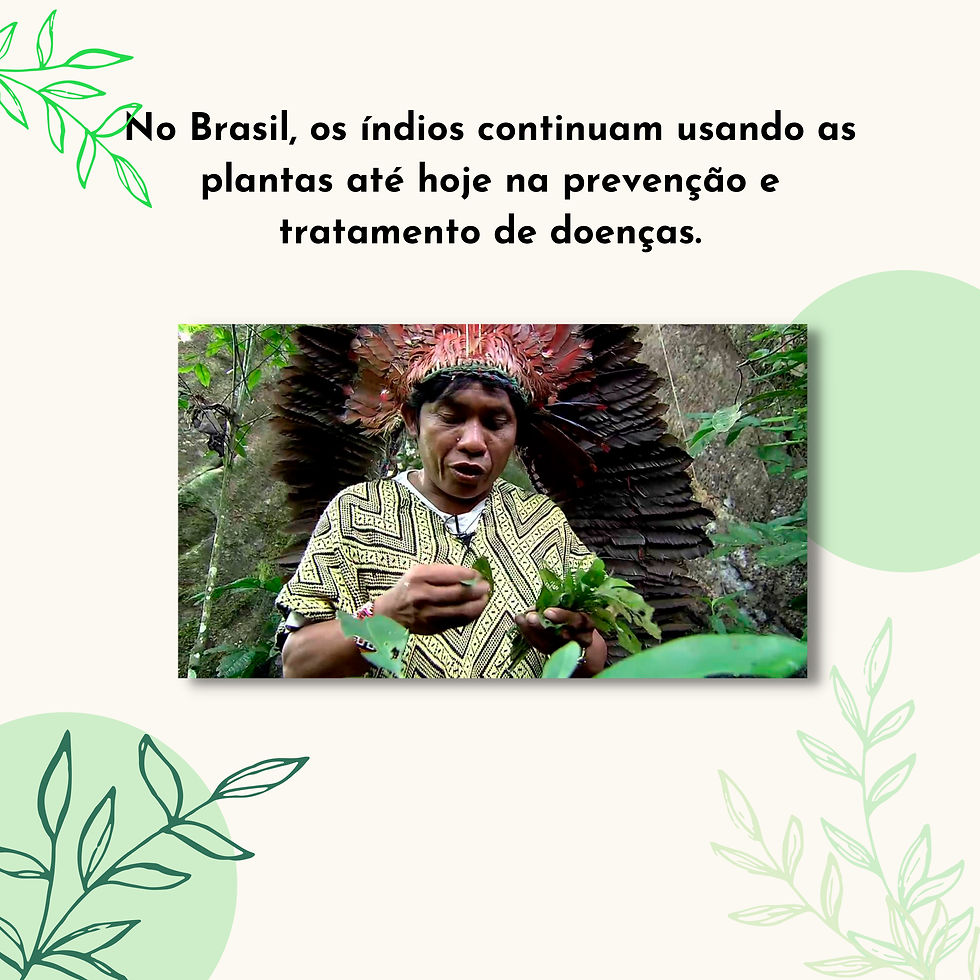Nano Drops - Bioactive Compounds and Nanotechnology
- LCBNano

- Sep 19, 2021
- 2 min read

Surely you have seen someone using plants for the treatment of a disease, but what you may not have seen is that Nanotechnology is a tool that can be used to enhance this therapeutic method.
The bioactive molecules present in plants may have certain properties that limit their use, such as low distribution, high degradation after ingestion, hydrophobicity, among others. In such cases, nanotechnology provides strategies capable of overcoming these limitations! There are several nanocarriers (see next cards) that enable the transport and release of bioactive molecules at the target site, thus enhancing the therapeutic effect.
One example of a highly promising nanocarrier for bioactive compounds is the Phytosome, a nanostructure formed by phospholipids (which are molecules also present in the structure of our cells) that associate with the bioactives present in extracts from various plants.
There are already Phytosomes with extracts from Japanese Walnut, Indian Tea, and Grape Seed being commercially available for the prevention of liver and heart damage, weight control, and promotion of cognitive health.
This represents a great example of how science and innovation can relate to ancestral technologies.






Credits: Vitória Regina (Content creation); Andreia C. Pinheiro (card design); Alicia S. Ombredane, Marcella LB Carneiro and Graziella A. Joanitti (content and card production coordinators).

Referências: Babazadeh A, Zeinali M, Hamishehkar H. Nano-Phytosome: A Developing Platform for Herbal Anti-Cancer Agents in Cancer Therapy. Curr Drug Targets. 2018;19(2):170-180. doi:10.2174/1389450118666170508095250.
BRAGA, Carla de Morais. History of the use of medicinal plants. 2011. 24 f. Monograph (Bachelor in Biological Sciences)—Northern Consortium of Distance Education, University of Brasília, State University of Goiás, Brasília, 2011.
Jain, N., B. P. Gupta, N. Thakur, R. Jain, J. Banweer, D. K. Jain, and S. Jain. “PHYTOSOME: A NOVEL DRUG DELIVERY SYSTEM FOR HERBAL MEDICINE”. International Journal of Pharmaceutical Sciences and Drug Research, Vol. 2, no. 4, Oct. 2010, pp. 224-8,
Hemshekhar M, Sebastin Santhosh M, Kemparaju K, Girish KS. Emerging roles of anacardic acid and its derivatives: a pharmacological overview. Basic Clin Pharmacol Toxicol. 2012;110(2):122-132. doi:10.1111/j.1742-7843.2011.00833.x
Giordano A, Tommonaro G. Curcumin and Cancer. Nutrients. 2019;11(10):2376. Published 2019 Oct 5. doi:10.3390/nu11102376
TAGS: #nano #LCBNano #UnB #biotec #biotecnologia #Nanociencia #Nanobiotecnologia #Drops #NanoDrops #Bioativos #nanotecnologia
@vitoriargz @andreiacp @aliciaombredane @grazi_nano



Comments